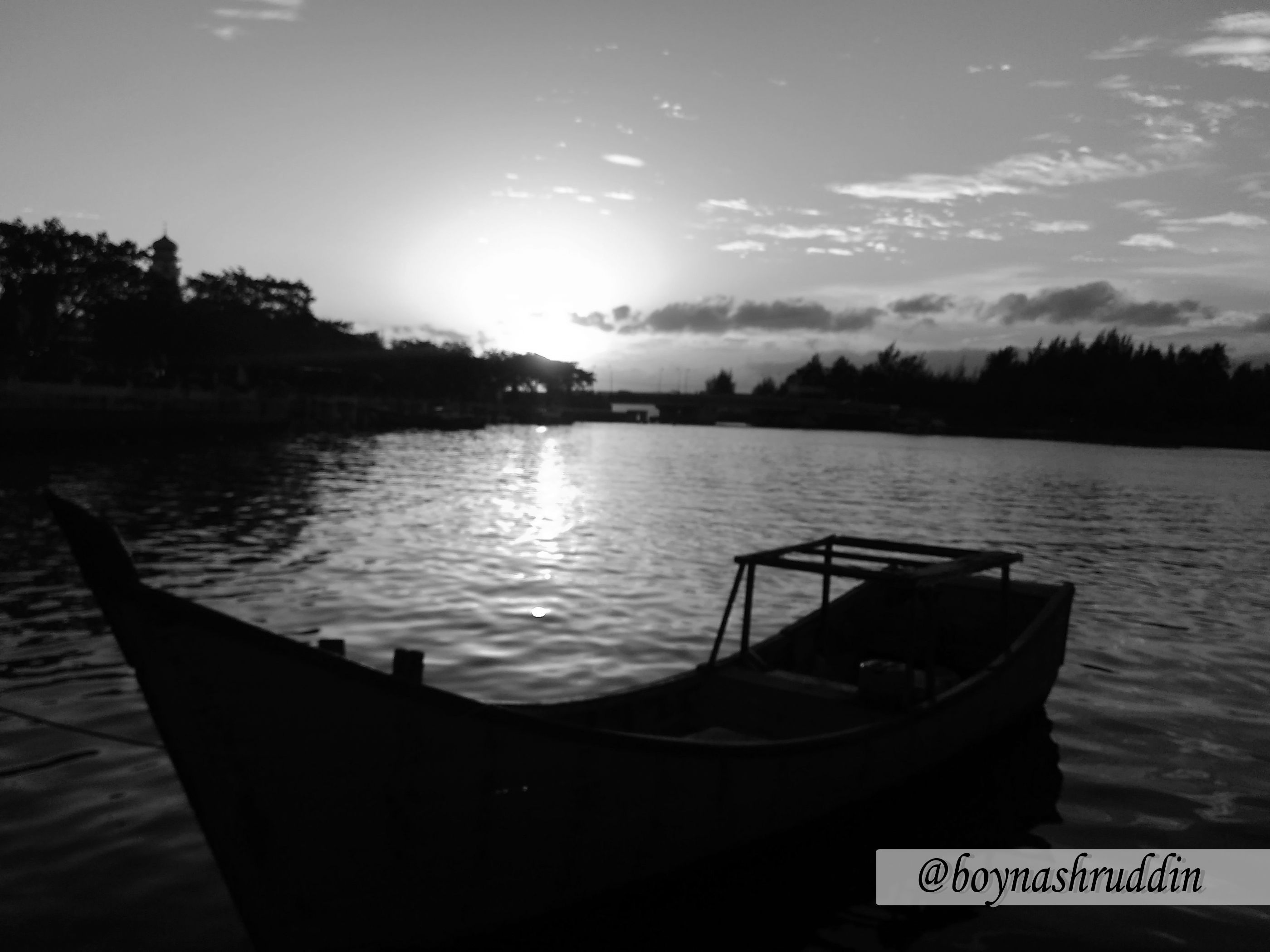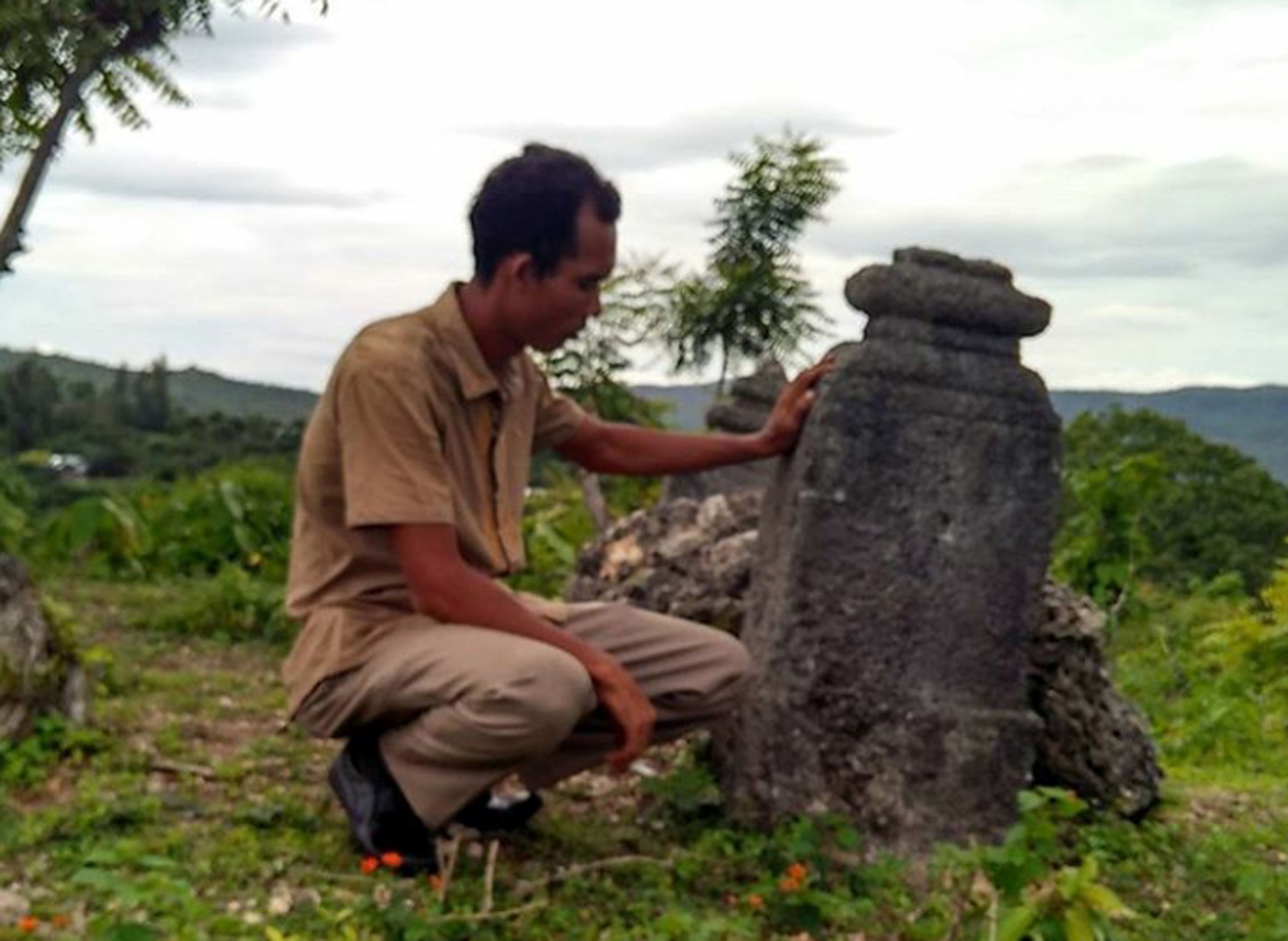History of ports in Sumatra

Hi stemian, today I want to review the history of Aceh trading port on the steemit platform. I feel this history is interesting, at least for my insights and maybe some of you too.
As is known, the port is one of the vein of trade in the maritime region, such as our region. Many developed countries have large ports in their area. The sophistication of transportation technology does not necessarily rule out the role of ports in the developed countries. In fact, they continue to fix the ports so that foreign ships participate anchored there.
Well, as I wrote at the beginning of this article, Aceh has had a trading port since the early Christian centuries. The evidence of the existence of this trade port has also been recorded by world explorers, in their expeditions looking for spices and other natural products.
Based on my brief research, some of the famous ports in the world's explorers history such as Balohan Port in Sabang-Pulau Weh, Krueng Raya Port or now known as Malahayati harbor, Krueng Geukuh harbor in North Aceh, and Teluk Surin port on the west coast of Aceh.
This port has been formed naturally since the Kingdom of Aceh Darussalam has not been formed. Allegedly, some of these ports have existed since primitive life dominated the mainland of Sumatra. However, the existence of this new port recorded in human history after many foreign traders stop there.
The document of the existence of the port in Aceh is well recorded by some traders who come from Europe, China, Arab, India, and also Africa. The timeframe of this note also varies. Although the documents relating to the existence of ports in Aceh that dominate most historical writing date from the 16th century, when traders from the Portuguese found a route to the Malacca Strait and the Aceh coast. The arrival of these Portuguese traders precisely at the time of Aceh triumphed as a large kingdom in the Malacca Strait. In Aceh, Portuguese traders witnessed the number of foreign traders coming to these ports.
According to the history of the 6th century Liang dynasty, who mentioned the arrival of Poli king's envoy to the Liang king's palace in 518 AD. Poly in question is one of the kingdoms in Sumatra, which is supposedly central to his reign located at the westernmost tip of the island.
While starting in the 9th century, some Arabic texts call an area called Rāmi or Ramni, and sometimes called Lamri. This area is located at the tip of Sumatra. While in 1030 or 1031, the inscription called Thanjavur with the land of Ilāmurideśam. The inscription says the land is located near Mānakkavāram or the Great Nicobar Island ruled by Rājendracoḷadeva I.
In the 13th century AD, texts from China mention the name Lanwuli or Lanli that reminds of a region called Lamuri. While at the end of the 13th century AD, Marco Polo stopped at the northern ports of Sumatra and reported the existence of Islam in one of the six trading ports he visited. Among them are Ferlec, Basman, Sumatra, Dagroian, Lambri, and Fansur.
The mention of Lamuri was also mentioned by Ibn Sa'id at the end of the 13th century by Rashid ad Din in 1310 and by Abulfida from 1273 to 1331 AD. Rashid ad Din even mentions Lamuri when it has had its own king. While Abulfida introduced the area as the main place for producing sapang wood and bamboo commodities.
From various records can be drawn the conclusion of a trading port on the coast of an area at the tip of Sumatra. The port is enlivened by foreign traders who dock there. Like a ship from India or China that brings natural products such as camphor, sapang wood, gaharu wood and kasturi. Trade competition has also occurred between foreign explorers, then, at the port which is often called Lamuri.
But in the 14th century AD, there have been several important changes in the life of the trading ports in Sumatera. The interference of foreign traders such as those from India, alleged to have affected the economic system in some of these trading ports, including Lamuri. The explorers from South Asia have introduced pepper plantings to local residents as a living livelihood and goods that can be exported at the time.

The area is thought to be a former royal Lamuri. Image by @boynashruddin
While at the time the Portuguese came to Sumatra island in 1509 AD, Lamuri's position has been replaced by two other trading ports such as Pasai and Pidir. Author of oriental suma, Tome Pires, mentions, Pasai for some explorers at that time called Camotora. This area has 20 thousand inhabitants, which is dominated by Muslims Bengali, due to the Mor people.
"Pidir used to dominate the entrance to the straits, holding the whole business and more crowded than Pacee," said Tome Pires, quoted by Aceh historian H Mohammad Said in his book Aceh Sepanjang Abad.
Pires said, foreign traders still continue to arrive every year to this area. He exemplified such as from Kambay and from Bengal, as well as from the Continent of Quelin or Kling (Kalingga) from the east coast of India. In addition, the port is also still visited by Pegu ships.
The influence of these ports has diminished since the Aceh kingdom was formed, although the trade in the west-south coast and the east coast of Aceh is still victorious. For example in Tapak Tuan, Sama Dua, Teluk Pauh, Meukek, Labuhan Haji, Manggeng, Susoh, Kuala Batu, Seunagan, Meulaboh, Bubon, Woyla, Panga, Sawang, Rigaih, Lageuen, Babah Weh, Onga and Daya.
American merchants from port cities like Salem, Boston, New York, Beverly, Philadelphia, Marlblehead, New Bedford, Baltimore, Gloucester, Newburyport, Fall River, and Pepperelborough often dock in these areas to buy pepper. However, any foreign traders entering Aceh must first report to customs in Kuala Naga or Krueng Aceh. Even if there are traders who make transactions in the ports of Lamuri, Pidir, Pasai, Idi or the south west coast, it must be recorded by customs to be submitted to the royal center. For some traders who do not have a business license from the Sultan of Aceh, it is advisable to administer the administration to the central government in Banda Aceh.
Where is the port of Sabang?
In its heyday this port, Sabang Island or Weh Island has not received any attention from the royal party.
Weh Island or known by the name Gamispola by Marco Polo, very dangerous to stop off. The condition of this island is similar to the situation in Breuh Island and Bunta Island are malignant.
De Graff, one of the Dutch explorers, has experienced the coral ferocity of the island of Weh Island. At that time, De Graff was heading for the Kingdom of Aceh.
"We sailed along the western edge of Sumatra and almost ran aground on the reefs of Pulo Way (Pulau Weh) and if the sea were high, then, we would not be able to survive," De Graff said.

See the Lamuri site in Krueng Raya, Aceh Besar, Aceh
Chairman of the Documentation and Information Center of Aceh (PDIA), Syiah Kuala University, Drs. Mawardi Umar, M, Si, once told me about the history of Sabang port. He mentioned, Sabang began to be important since the Dutch War in Aceh erupted in 1873. The role of Sabang at that time as a place of regular shipping of Dutch warships. The island is also a place of evacuation of Dutch soldiers killed and wounded in the war.
The Netherlands then built a coal and water filling vessel for its warships in the Gulf of Balohan since 1884. The bay is considered very strategic to blockade Aceh, both the east coast and the west coast. However, since Balohan Bay is relatively shallow to be visited by large war ships, the Dutch then moved the port location to Sabang Bay which has an average depth of between 10 and 20 vadem (1 vadem = 1.8288 meters).
Mawardi Umar said, "The construction of Sabang port and other facilities began in 1890 AD by the firm De Lange & Co. From Batavia (Jakarta)."
Considering its location to a very dense international shipping line, the Dutch Government declared Sabang as the Free Port on April 11, 1896. For operational tasks since 1898, a body of "N.V. Zeehaven en Kelenstation Sabang "(Sabang Maatschappij) with financial support from Nederlandsche Handel Maatschappij.
The golden age of the Sabang free port ended with the entry of Japan in 1942 AD. The "Sunrise" State makes Sabang its main defense base by placing 6,000 navies. Consequently, Sabang became the target of attacks from allies and destroyed after being bombarded by an SS warship. Tromp in 1943 AD.
Note: The history of ports in Aceh I have written for The Atjeh Times tabloid, where I once worked as a journalist, in Aceh. This article has been updated with the latest conditions and tailored to steemit.com platform.
Thank you watching and reading my post. Vote and resteem if you like. Follow me @boynashruddin
Bereh..
Payah ta lop buku ngon dokumen awai kali nyoe... Hehe
Haa..haa.. Ya beutoi nyan.. Beu dithei le donya pokok jih
Congratulations! This post has been upvoted from the communal account, @minnowsupport, by boynashruddin from the Minnow Support Project. It's a witness project run by aggroed, ausbitbank, teamsteem, theprophet0, and someguy123. The goal is to help Steemit grow by supporting Minnows and creating a social network. Please find us in the Peace, Abundance, and Liberty Network (PALnet) Discord Channel. It's a completely public and open space to all members of the Steemit community who voluntarily choose to be there.
If you like what we're doing please upvote this comment so we can continue to build the community account that's supporting all members.
@boynashruddin got you a $0.79 @minnowbooster upgoat, nice! (Image: pixabay.com)
Want a boost? Click here to read more!